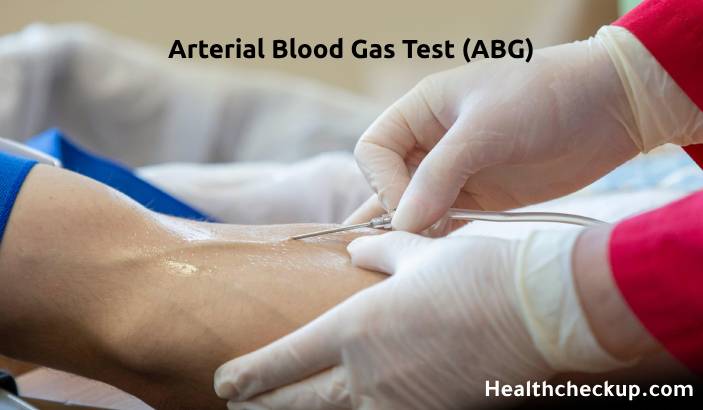Balance tests are critical diagnostic tools used to assess and understand the various components that contribute to stability and orientation in individuals. These tests help identify problems in the balance system, which includes the inner ear, sensory nerves, and vision, all of which are crucial for maintaining posture and stability.
Purpose of Balance Tests
- Diagnosis of Balance Disorders: To diagnose conditions affecting balance, such as vertigo, Meniere’s disease, labyrinthitis, and other disorders of the inner ear.
- Evaluation of Fall Risks: Particularly useful in elderly patients to assess the risk of falls, leading to targeted interventions to prevent such accidents.
- Post-Injury Assessment: To evaluate the impact of head injuries or other trauma affecting the vestibular system.
- Monitoring Progress and Therapy Effectiveness: To track the effectiveness of medical or physical therapy interventions aimed at improving balance.
Preparation for Balance Tests
- Medical and Medication History: Patients should inform their healthcare providers about all medical conditions and medications they are taking, as some can affect balance.
- Clothing: Wear comfortable clothing and flat shoes to facilitate ease of movement during the tests.
- Dietary Restrictions: Patients may be advised to avoid alcohol, caffeine, or heavy meals a few hours before the test, as these can influence test results.
- Avoiding Certain Medications: Some tests may require temporary cessation of medications that affect the nervous system or ear function; this should only be done under medical advice.
Procedure of Balance Tests
Balance testing may involve several different types of assessments depending on the suspected condition:
- Romberg Test: A simple test where the patient is asked to stand with their feet together and eyes closed. The ability to maintain balance in this position is observed.
- Fukuda-Unterberger Test: Involves marching in place for 30 seconds with eyes closed. Drifting in one direction might indicate vestibular dysfunction.
- Videonystagmography (VNG): Uses goggles with cameras to measure eye movements that correspond to inner ear function while the patient’s head and body are moved in various positions.
- Posturography: Patients stand on a special platform that records weight shifts to measure how well they maintain balance under various conditions.
Normal Range
- Stability in Stance and Gait: Normal results would show minimal sway in static positions and a straight path in dynamic tests like the Fukuda-Unterberger Test.
- VNG Results: Normal eye movements without abnormal nystagmus (rapid, uncontrollable eye movements) during positional changes.
- Posturography: Balanced responses on the platform without excessive tilting or swaying.
Results Interpretation
- Normal Test Outcomes: Indicate that the patient’s balance system is functioning well, with no significant vestibular, neurological, or sensory deficits.
- Abnormal Findings: May suggest issues within the vestibular system or other parts of the balance system. Specific patterns of response can help localize the problem to certain areas, like the right or left inner ear.
- Guidance for Further Testing or Treatment: Abnormal results typically lead to further diagnostic testing or referral to specialists such as neurologists or ENT doctors.
Risks Associated with Balance Tests
- Minimal Physical Risk: Most balance tests are non-invasive and low-risk, involving only some degree of physical movement.
- Discomfort or Nausea: Some tests, especially those that involve inducing dizziness to test vestibular function, can cause temporary discomfort, dizziness, or nausea.
- Emotional Distress: Undergoing balance tests might be stressful, especially for those already suffering from vertigo or frequent falls.
Conclusion
Balance tests are done for individuals experiencing dizziness, balance issues, or conditions related to the vestibular system. They are critical for accurately diagnosing the underlying causes of balance disorders and tailoring appropriate treatment strategies. These tests not only aid in diagnosing but also significantly contribute to the enhancement of patient safety by identifying fall risks and helping to prevent potential injuries.








